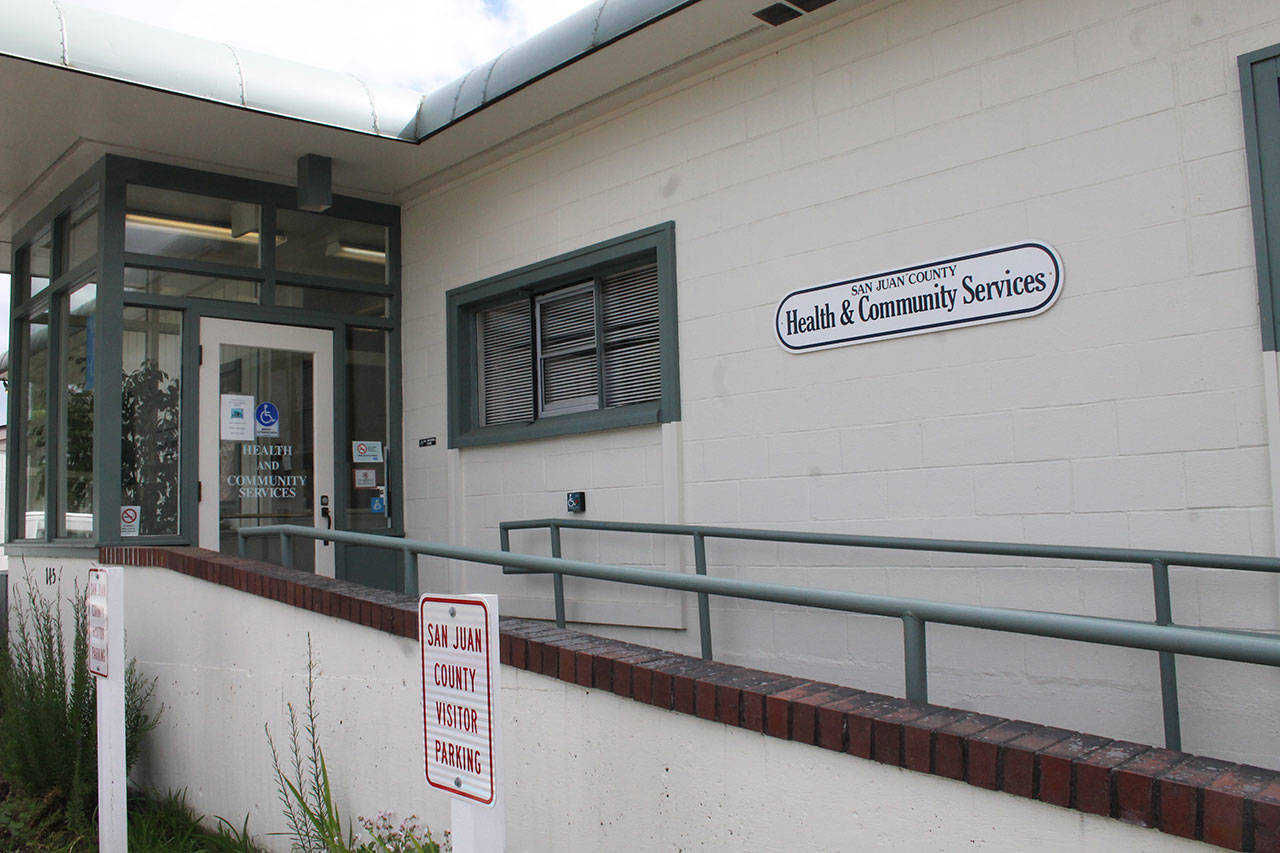Combining government services across municipalities may cut costs on the mainland, but not always on an island county, where transportation is limited and costly.
State officials agree with this, for at least one island educational program.
“In the end, they heard our concerns and allowed for a different model,” said Community Services Manager Ellen Willcox.
To lower administrative expenses, officials from the Washington Department of Early Learning and Department of Health are planning to combine educational and health services across several counties.
One program called Early Support for Infants and Toddlers was tentatively planned to move off the island, but officials from the Department of Early Learning decided against it on June 1. For about three weeks, Wilcox engaged in almost weekly phone calls with DEL officials to promote the necessity for on-island care.
“Because of our unique geological challenges, we did a lot to advocate the needs for this program to remain in San Juan County,” said Wilcox.
By mid-2018, administrative services, like billing, will tentatively be headquartered in Island County. Evaluating children and referring them to specialists will remain in San Juan County.
ESIT helps children suspected of development delays or disabilities. Typically, 10-15 San Juan children are enrolled in the program, but state officials want to combine services in counties that aid less than 50 children. The program includes one, part-time county position, which will not be affected by the move of administrative services off the island.
As of now, children, from birth to age 3, are given ESIT evaluations in their home on any county island or at the health department building in Friday Harbor. Those enrolled in the program are also referred to specialists, like physical or speech therapists.
Wilcox explained the possible move to the San Juan County Council on May 9, in case their support was needed to maintain services on the island.
“We are quite concerned that if we have somebody coordinating that program, who’s not based in San Juan County, that is really going to impact our ability to identify these families early and quickly and get them linked with services,” said Wilcox at that meeting.
One perk of off-island ESIT administrative services, suggested Wilcox, is the enrollees’ access to a larger county’s pool of contractional health care providers.
This advantage was mentioned at the May 9 council meeting and Councilman Jamie Stephens disagreed. Similar promises were made from PeaceHealth officials when they built the hospital on San Juan Island, yet visiting physicians don’t frequent the county as often as expected, he said. Plus, travel time is included in physicians fees.
“Travel time on the ferry is time not spent with the children or patients,” Stephens told the Journal.
Another county program that may move off island provides children access to health care and preschool. Currently, there are no clear plans as to how the Early Childhood Education and Assistance Program would be affected and it employs one, full-time county official. Decisions on program changes may be made in about four months, said Wilcox.
One service that may benefit from regionalization is epidemiology, she added. State officials plan to house an epidemiologist in Snohomish County to serve San Juan, Island, Snohomish, Whatcom and Skagit Counties. Since San Juan County is too underpopulated to require a full-time epidemiologist, they are contracted when needed. A long-term hire could provide more access to the county, said Wilcox.
Epidemiologists review diseases that affect communities. One routine task is to create surveys and interpret results on county health assessment needs, which are performed every three years by most hospital officials, including those at Peace Island Medical Center.
Tailoring regionalization to a unique county like San Juan is the right decision, said Wilcox. Councilman Rick Hughes echoed this at the May 9 meeting.
“Sometimes things look great on a spreadsheet, but when they roll out in practicality, the numbers, while they work in Seattle, may not work in San Juan County,” he said.
Visit www.sanjuanco.com/418/Community-Health for more info.



